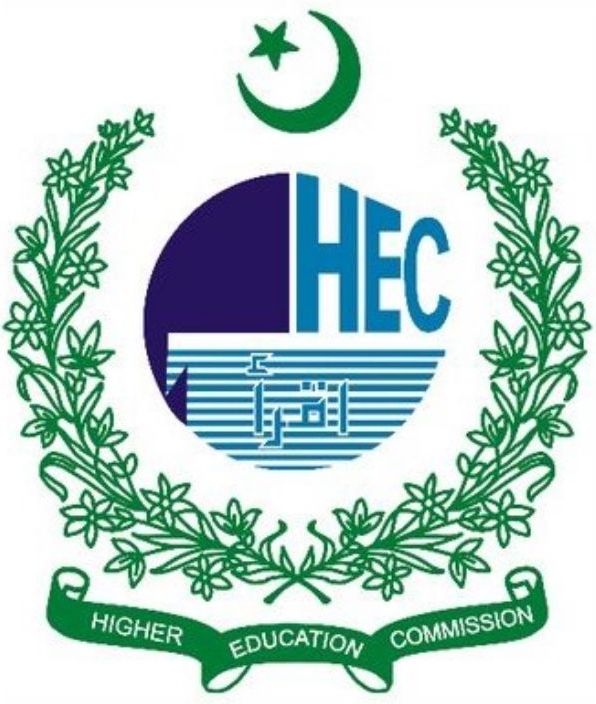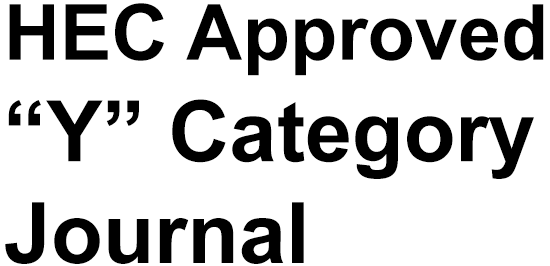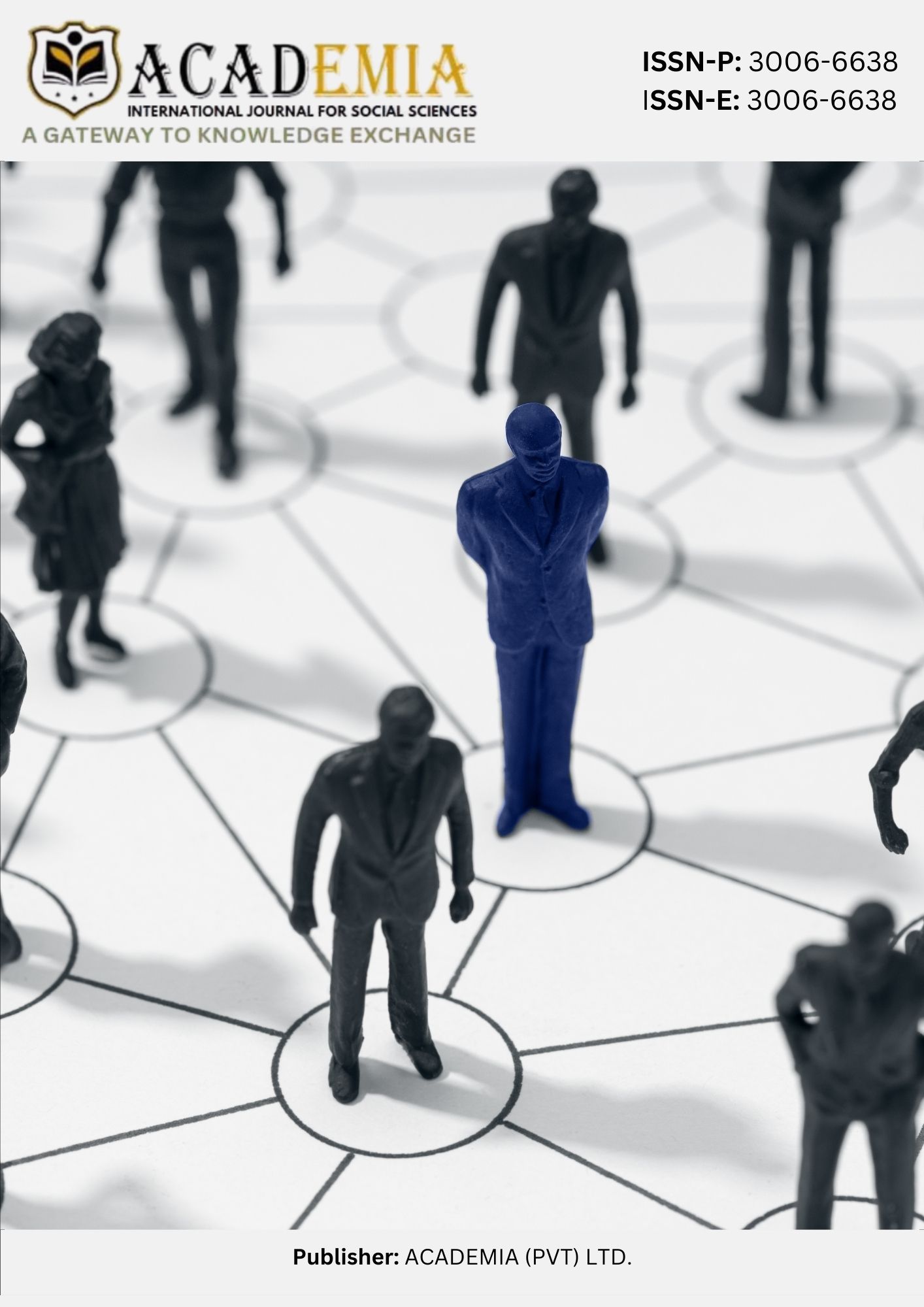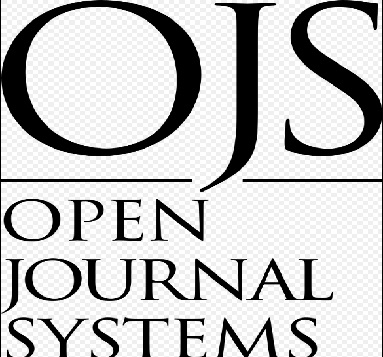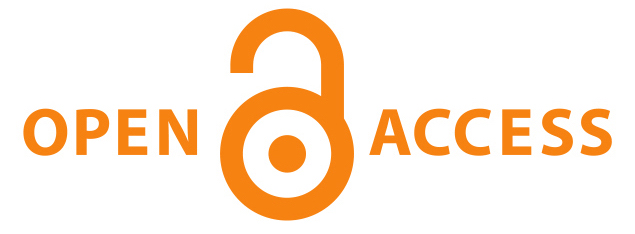Effect of Activity Based Learning on Foreign Language Skills of Primary Students
DOI:
https://doi.org/10.63056/ACAD.004.03.0810Keywords:
EFSL, student centered teaching, communication skills, primary studentsAbstract
English language is regarded to be highly significant in all spheres of life. Effective teaching English language not just aim at providing information to the students but also ensuring that they become competent in language skills. It enhances students’ skills by increasing engagement, contextualizing language through embodied learning, improving speaking fluency via practice and raising cognitive and social skill development. This study inves tigates the effect of activity based learning on the development of language skills of primary students. This is an experimental research and objectives of the study were to (1): examine the level of language skills among primary students, to (2): assess the effect of activity based learning on language skills among primary students. A simple random sampling technique is used to select a sample of 36 students of grade 5. Participants were equally divided into experimental and control group. The participants of experimental group were taught using activity based method and control group with traditional method. The treatment was continuous for twelve weeks. A valid and reliable test was taken for the collection of data. The independent sample t test was applied to compare the mean score of both groups. The results showed improvement in the performance of the students taught through the activity based method as compared to the traditional method. It is concluded that Activity Based Learning enhanced the language skills of primary students.
Downloads
Published
Issue
Section
License
Copyright (c) 2025 Muhammad Zohaib Qamar, Dr. Saeed Ullah (Author)

This work is licensed under a Creative Commons Attribution 4.0 International License.


